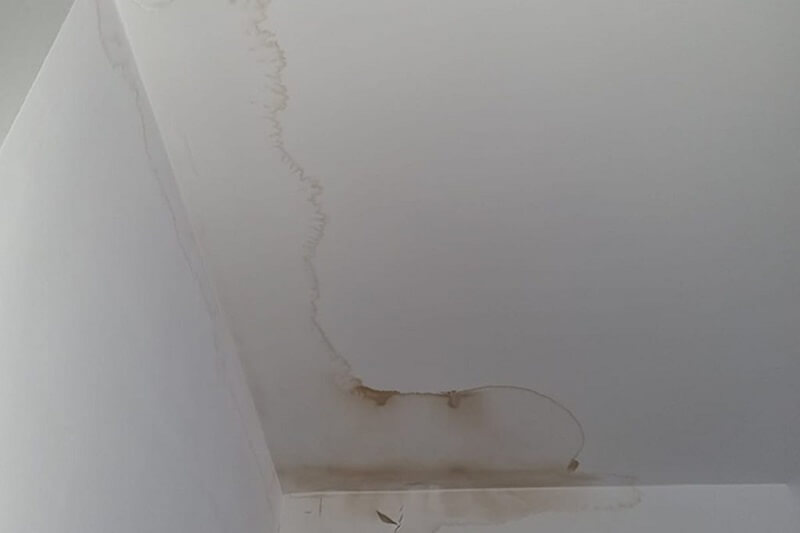Hidden water leaks can be a homeowner's worst nightmare, causing significant damage to your property and resulting in costly repairs. These leaks often go unnoticed for extended periods, silently wasting water and driving up your utility bills. In this comprehensive blog post, the experts at Panther Plumbing Group will discuss how to identify hidden water leaks, the common areas where they occur, and the steps you can take to fix them and prevent future leaks.
Signs of Hidden Water Leaks
Identifying hidden water leaks can be challenging, as they often occur in areas that are not easily visible. However, there are several telltale signs that may indicate the presence of a leak:
- Unexplained Increase in Water Bills: If you notice a sudden spike in your water bills without a corresponding increase in usage, it may be a sign of a hidden leak.
- Mold or Mildew Growth: Excess moisture from leaks can create an ideal environment for mold and mildew to thrive. If you notice a musty smell or visible mold growth in your home, it could indicate a hidden leak.
- Water Stains or Damage: Discoloration or warping on walls, ceilings, or floors can be a sign of water damage caused by a leak.
- Sound of Running Water: If you hear the sound of running water when no faucets or appliances are in use, it may point to a leak in your plumbing system.
- Wet or Soggy Spots in Your Yard: A leak in your underground water lines can cause unusually wet or soggy patches in your yard, even during dry weather.
Common Areas for Hidden Water Leaks
Hidden water leaks can occur in various areas throughout your home. Some of the most common locations include:
1. Bathroom
- Leaking toilet flapper or fill valve
- Damaged shower or bathtub caulking
- Cracked or loose tiles allowing water to seep behind walls
- Worn-out washers or O-rings in faucets
2. Kitchen
- Leaks in the water supply lines to the refrigerator or dishwasher
- Faulty garbage disposal connections
- Deteriorated caulking around the kitchen sink
- Loose or corroded pipe connections under the sink
3. Laundry Room
- Leaking water supply lines to the washing machine
- Corroded or loose pipe connections
- Cracked or damaged washing machine hoses
4. Basement or Crawl Space
- Leaking water heater tank
- Corroded or damaged pipes
- Foundation cracks allowing water seepage
- Sump pump failure causing water backup
5. Exterior and Underground
- Leaking irrigation systems or sprinkler heads
- Damaged or corroded water main or supply lines
- Cracked or loose pipe fittings
- Tree root intrusion into underground pipes
Fixing Hidden Water Leaks
Once you've identified the presence of a hidden water leak, it's essential to take prompt action to minimise damage and prevent further water loss. The following steps can help you address the issue:
1. Shut Off the Water Supply
Locate your home's main water shut-off valve and turn it off to prevent further water flow to the leaking area. This valve is typically located near the water meter or where the main water line enters your home.
2. Investigate the Source of the Leak
Trace the leak to its source by following the signs of water damage or moisture. This may involve accessing areas behind walls, under floors, or in the basement or crawl space. If the source is not easily accessible or you're unsure how to proceed, contact a professional plumber.
3. Repair or Replace Damaged Components
Depending on the nature and extent of the leak, you may need to repair or replace various plumbing components, such as pipes, fittings, valves, or appliance hoses. If you have basic plumbing knowledge and the necessary tools, you may be able to handle minor repairs yourself. However, for more complex issues or if you're unsure, it's best to enlist the help of a licensed plumber.
4. Clean and Dry the Affected Area
After the leak has been repaired, it's crucial to clean and dry the affected area thoroughly to prevent mold growth and further water damage. Use fans and dehumidifiers to speed up the drying process, and consider hiring a professional restoration company if the damage is extensive.
Preventing Future Hidden Water Leaks
Prevention is key when it comes to avoiding the damaging effects of hidden water leaks. Consider implementing these preventative measures to safeguard your home:
- Schedule regular plumbing inspections to identify and address potential issues early on.
- Install water leak detection devices that alert you to the presence of leaks.
- Insulate pipes in unheated areas to prevent freezing and bursting during cold weather.
- Replace old or corroded pipes, valves, and fittings before they fail.
- Maintain your appliances and fixtures according to the manufacturer's recommendations.
Trust Panther Plumbing Group for Your Water Leak Detection and Repair Needs
At Panther Plumbing Group, we understand the importance of promptly identifying and fixing hidden water leaks to protect your home and prevent costly damage. Our skilled plumbers have the knowledge, experience, and state-of-the-art equipment to accurately locate and repair leaks, ensuring that your plumbing system functions at its best.
Whether you suspect a hidden water leak or want to schedule a preventative plumbing inspection, our team is dedicated to providing top-quality service and long-lasting solutions. We use advanced leak detection techniques, such as acoustic listening devices and infrared cameras, to pinpoint the source of the leak quickly and efficiently.
Don't let hidden water leaks compromise your home's structural integrity or lead to skyrocketing water bills. Contact Panther Plumbing Group today to schedule a consultation with one of our expert plumbers. We'll work with you to develop a customised plan to detect, repair, and prevent water leaks, giving you peace of mind and protecting your most valuable asset – your home. Trust Panther Plumbing Group for all your water leak detection and repair needs in Sydney and the surrounding areas.
Contact Us
